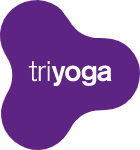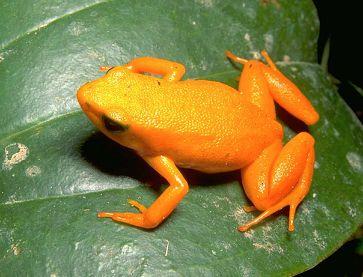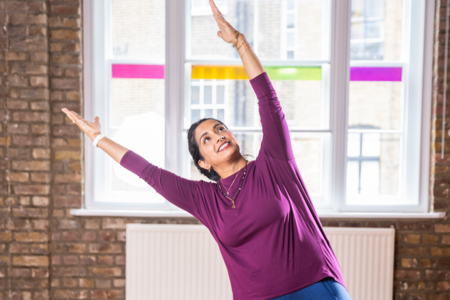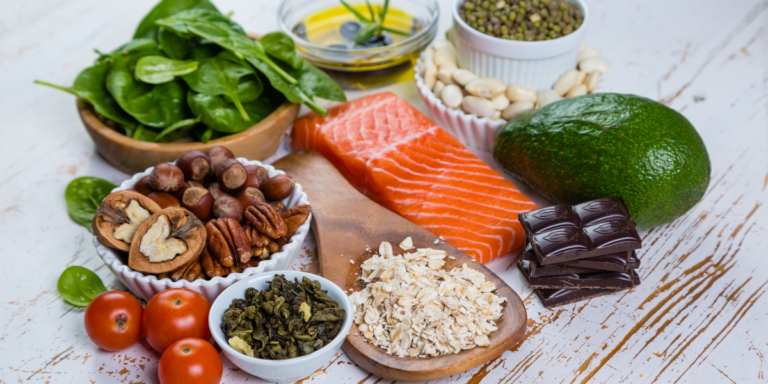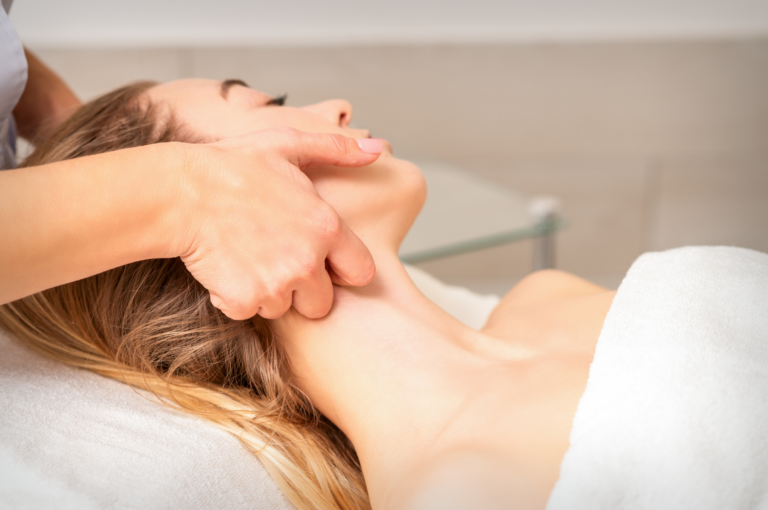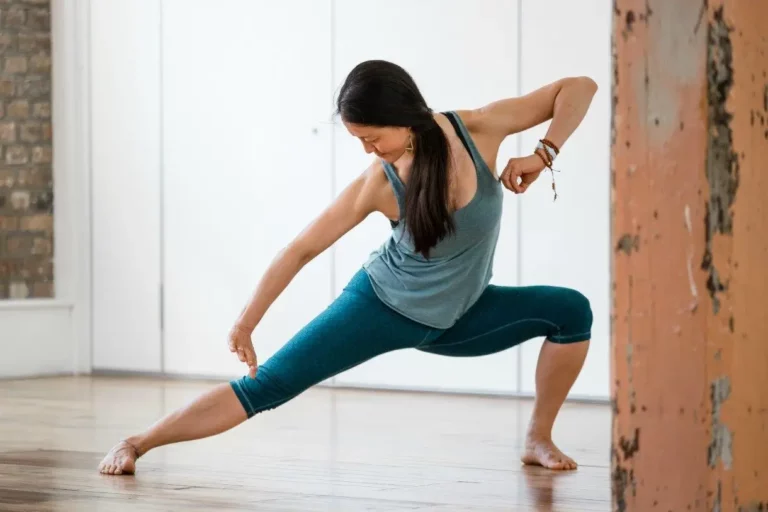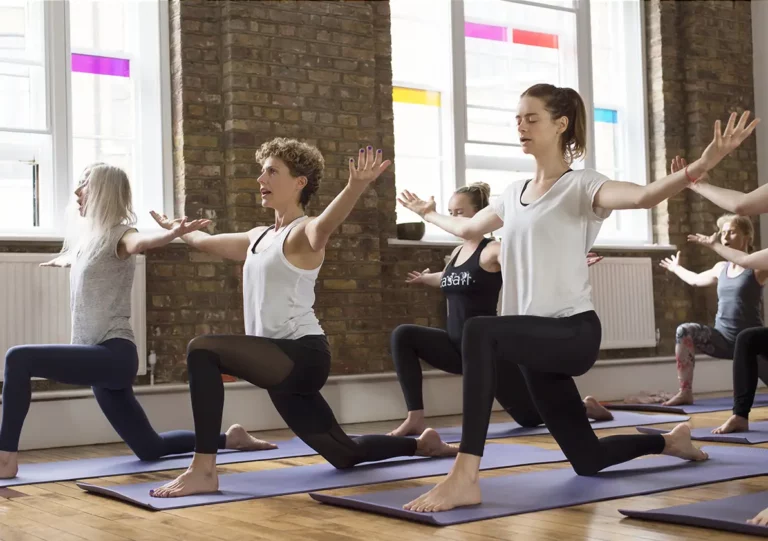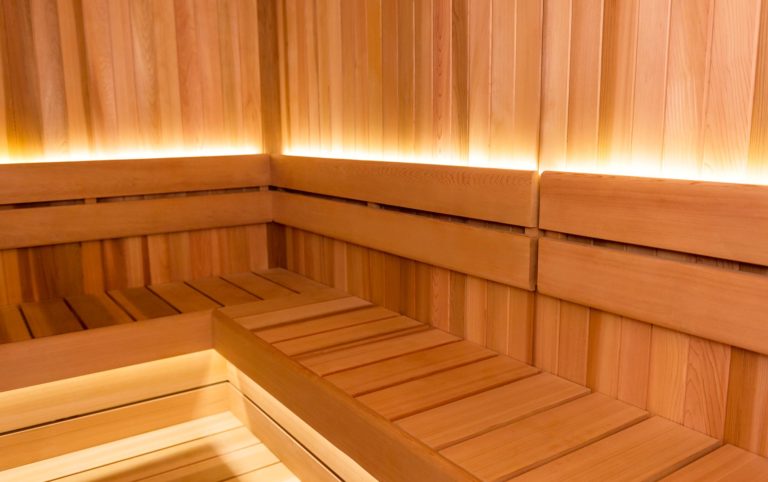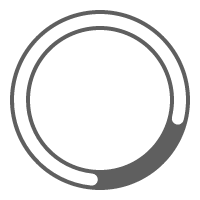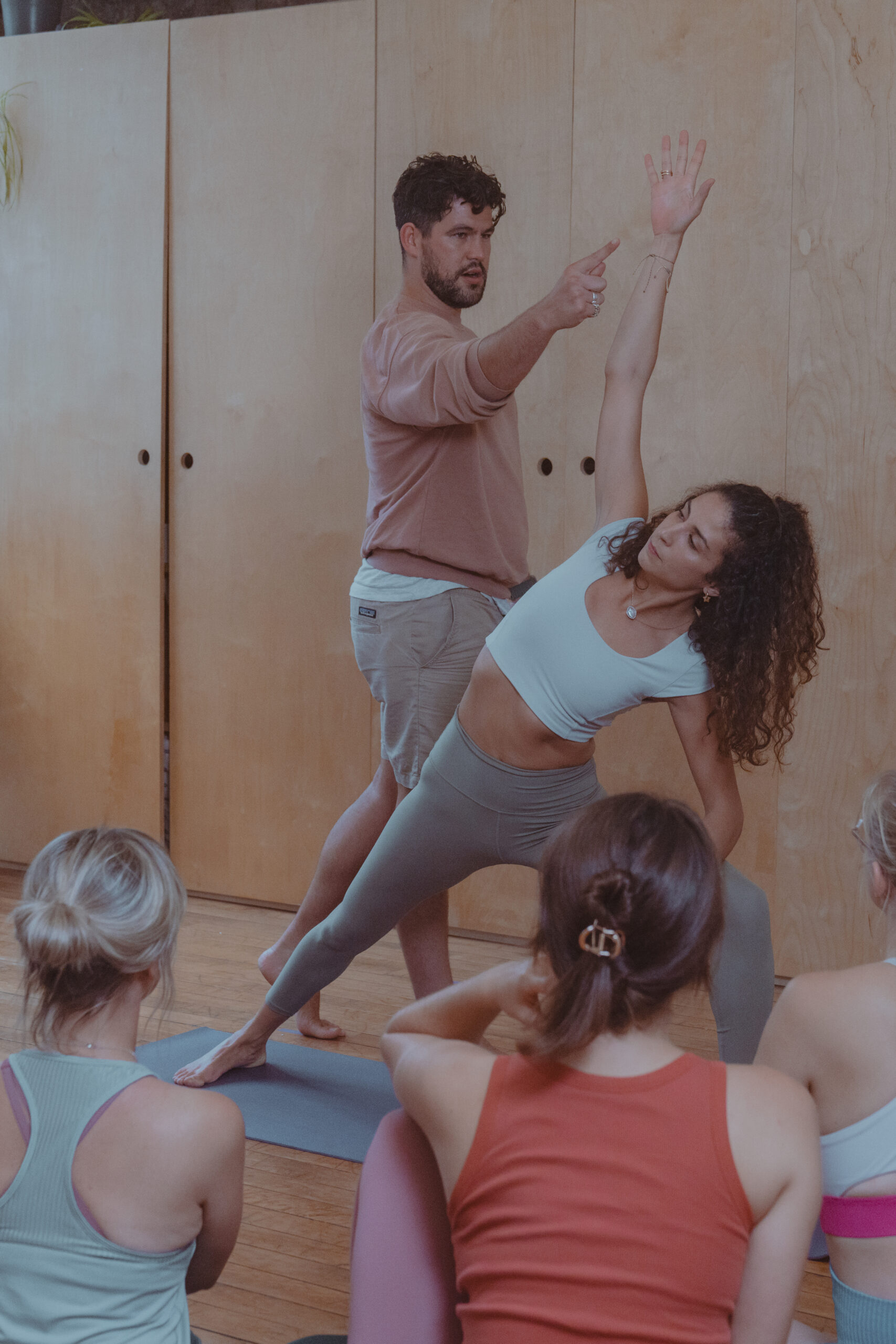by Phil Bishop – join Phil Bishop for Pilates + Gyrotonic week from 02 – 11 October, for a 30 minute one-to-one taster session for £20. Find out more here or call 020 7483 3344 to book your session.
‘Much more of the brain is devoted to movement than to language. Language is only a little thing sitting on top of this huge ocean of movement.’ – Oliver Sachs
From primordial pond to pavement, from four to two legs we have placed our hips in a central role in the way we move and support our posture. Crawling, standing and walking all happen better with the full participation of the hip joints.
The hips translate the force of upright gait through the pelvis and help distribute load through the spine. The hip joint is supported by a labrum, a fibro cartilage ring or gasket that helps maintain the connection between the ball at the top of the thigh bone and the socket on the pelvis. This joint allows us multi planes of movement and requires a network of attached muscles to function efficiently. The muscles close to the hip are well suited to provide dynamic stabilisation of the hip. All hips are not equal, the structure and range of movement we have available to us varies.
Static positions such as sitting for long periods often rely on larger multi joint muscles. The body finds the pathway of least resistance and we lose poise and balance within our postures. Areas of tension and excessive mobility occur in order to make our bodies adjust to the workplace.
Exercise improves motor skills, coordination and proprioception. Proprioception is our awareness of how we are positioned in space, the shape we are in. Improving our nervous systems’ messages is a large part of the joy of movement. The small fluid movements used in Pilates place an emphasis on sequencing muscles close to the joints as well as those with larger moment arms further from the joint.
A example of this would be standing up from a chair. If the torso is thrown forward the hips are less effective due to the closed starting position of the joints, leading to a secondary movement taking place in the lower back. In this situation not only are the hips compromised but the back may be placed under strain.
Taking breaks and moving helps us refine our body awareness and improve our quality of movement. The hips and how we move them affect our back and the way we use our knees. Good use of our hips plays a key role in how we move.

Phil has been a practitioner of Sports Massage for 8 years. He is also the only triyoga therapist who combines his massage practice with Pilates instruction. The Pilates sessions allows Phil to identify and work on specific postural issues that are often the underlying cause of muscular complaints, and then tailor the follow-up Sports Massages to treat the specific problems.Phil’s target is to lead to economy of movement for every client through identifying and working on changing habitual body patterns.
